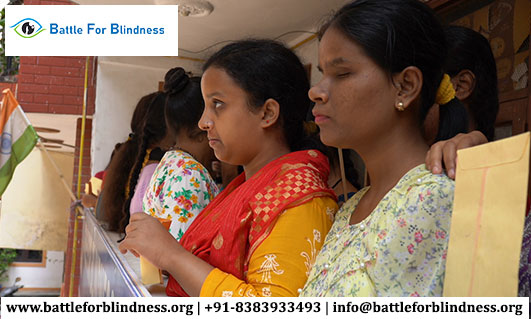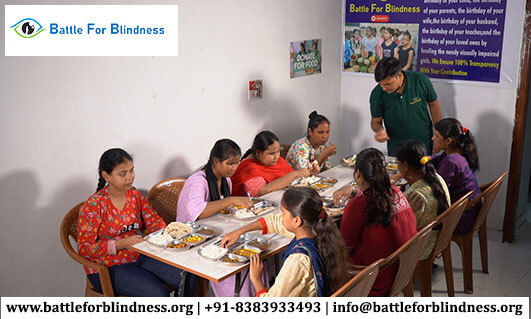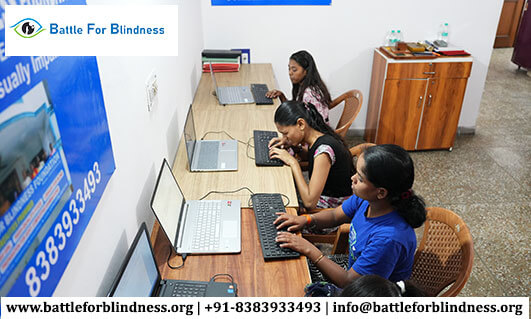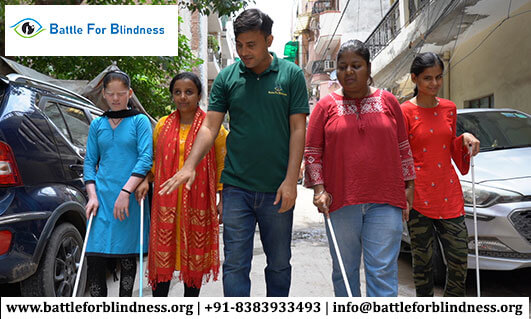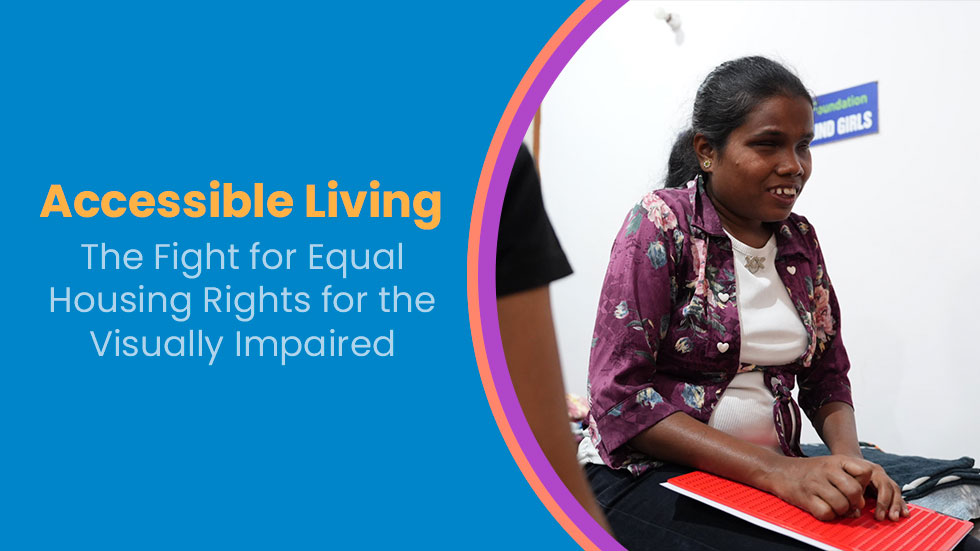
In an increasingly inclusive world, ensuring equal housing rights for the visually impaired is a critical step toward empowering individuals and fostering independence. Accessible living goes beyond physical infrastructure—it’s about creating environments where the visually impaired can thrive, free from barriers and discrimination.
Understanding the Challenges
The visually impaired face unique challenges when it comes to securing housing. These include:
-
Inaccessible Infrastructure
Many residential spaces lack features like tactile indicators, voice-enabled technology, or braille signage. These deficiencies make navigating homes and communities a daunting task for the visually impaired. -
Discrimination in Housing
Despite legal protections, discrimination against visually impaired individuals remains a significant issue. Landlords and housing providers may hesitate to accommodate their needs, citing cost or logistical challenges. -
Lack of Awareness
Property developers and urban planners often overlook accessibility in their designs, leaving visually impaired individuals struggling to find suitable housing.
The Role of Legislation
Laws like the Rights of Persons with Disabilities Act, 2016 (India) and the Fair Housing Act (USA) aim to protect individuals with disabilities, including the visually impaired, against discrimination. However, enforcement of these laws remains inconsistent, emphasizing the need for advocacy and awareness.
Innovative Solutions for Accessible Living
-
Smart Home Technology
Advances in smart home technology are transforming accessible living. Voice-controlled systems, smart lighting, and AI-powered navigation tools help visually impaired individuals maintain independence within their homes. -
Tactile and Braille Enhancements
Incorporating tactile pathways, braille labels, and embossed signage in residential areas ensures better accessibility for the visually impaired. -
Community Collaboration
Nonprofits, housing authorities, and advocacy groups must work together to create affordable, accessible housing projects tailored to the needs of the visually impaired.
How You Can Contribute
-
Advocate for Change
Join or support organizations that fight for equal housing rights for the visually impaired. Spreading awareness is a powerful tool in driving change. -
Demand Accessibility
Whether you’re a renter or a buyer, ask questions about accessibility features and encourage developers to prioritize them. -
Support Inclusive Policies
Vote for policies and leaders that champion accessibility and inclusivity in housing and urban planning.
A Future Without Barriers
Creating accessible living spaces for the visually impaired isn’t just about compliance—it’s about dignity, equity, and opportunity. By addressing systemic challenges and embracing innovative solutions, we can pave the way for a world where housing is truly inclusive for all.
Together, we can transform the fight for equal housing rights into a victory for accessibility and empowerment.


